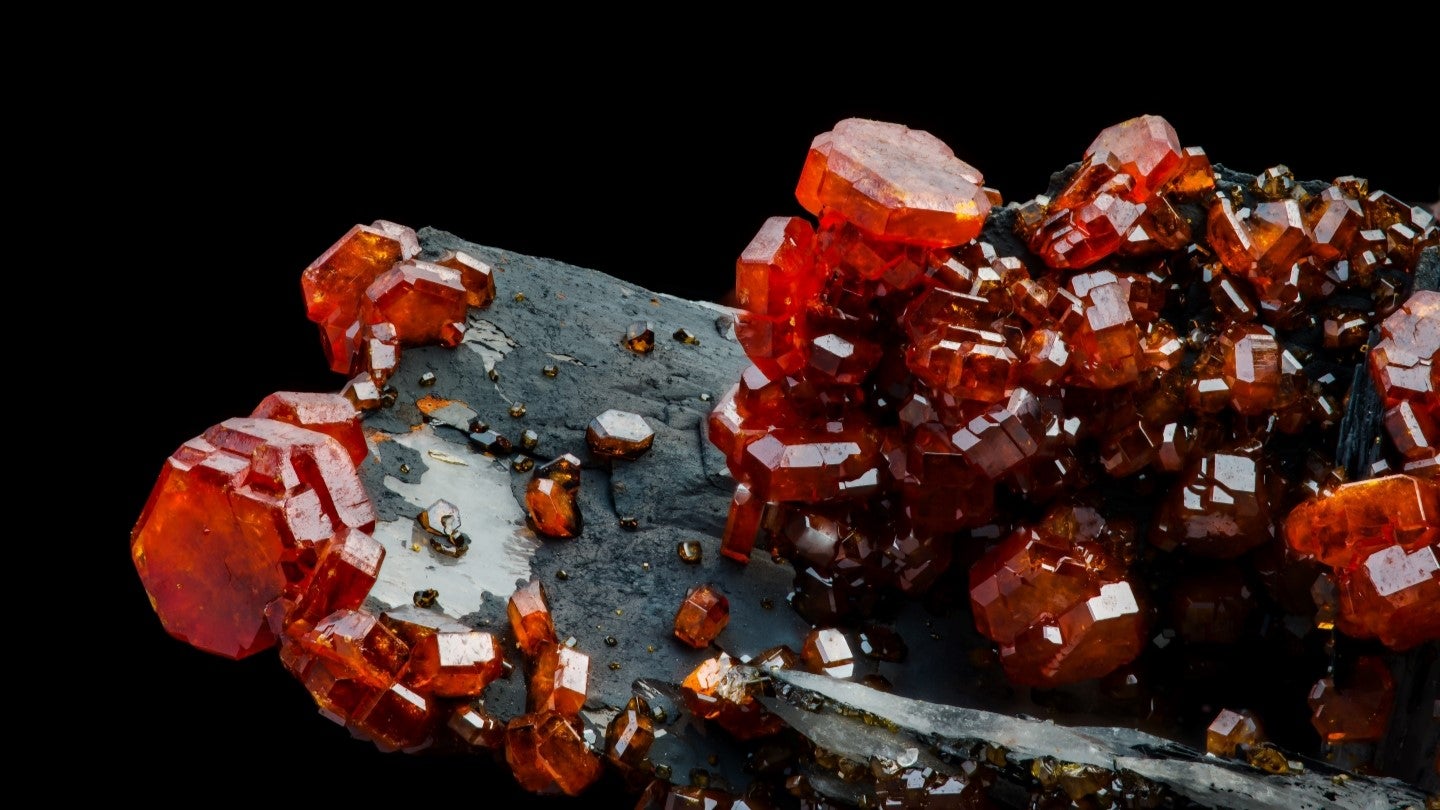
Canada-based Nevada Vanadium Mining has secured a record of decision (ROD) for its Gibellini vanadium project from the US Department of the Interior’s (DOI) Bureau of Land Management (BLM).
The ROD is considered to be a final step in the federal permitting process for the project and follows a review of its impacts along with the participation of local communities, and the US Environmental Protection Agency (EPA).
Gibellini is said to be the first primary vanadium mine in the US and also the nation’s first mine to be entirely powered by renewable energy.
Located 25 miles (40km) from Eureka, Nevada, US, the Gibellini project is solely owned by Nevada Vanadium.
The project includes the Gibellini and Louie Hill vanadium deposits, which are located next to each other.
At Gibellini, critical minerals can be extracted and processed to help realise a low-carbon economy.
The US Government has designated vanadium as a critical mineral of strategic importance to the country. It has several applications as an alloy and a catalyst across several industries including aerospace, defence, energy and infrastructure.
This project is expected to have an average annual production of 9.65 million pounds of vanadium oxide (V₂O₅). The internal rate of return (IRR) has been estimated at 50.8% and the net present value (NPV) at $338.3m, with a payback period of 1.72 years.
The average mine life is expected to be 13.5 years.
Nevada Vanadium president and CEO Ron Espell said: “The issuance of the Gibellini ROD is a significant milestone for the project. It would not have been possible without the exceptional professionalism of the Nevada Vanadium team, as well as members of the BLM, and other federal and state agencies.
“As one of the most advanced vanadium mine projects in the country, Gibellini represents exceptional optionality potential to provide a long-term domestic supply of high purity vanadium critical for establishing a strong domestic vanadium supply chain required to support dependent industries such as vanadium redox flow batteries, steel industries, and the super alloys needed for aerospace.
“Now, with the ROD in hand, we can concentrate on further exploring ways of reducing capital and operating costs in order to unlock the full value potential of this asset for all of our partners and stakeholders, in keeping with our deep commitment to community engagement and environmental stewardship.”
The Gibellini project will be powered by 6MW of solar and 10MW of vanadium flow battery, which will offer 100% of the project’s electricity requirements.




